(1221 products available)

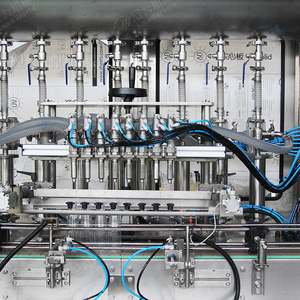

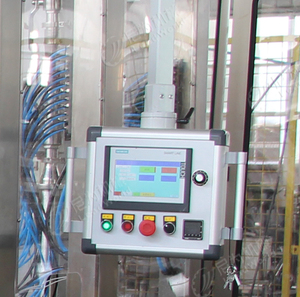
















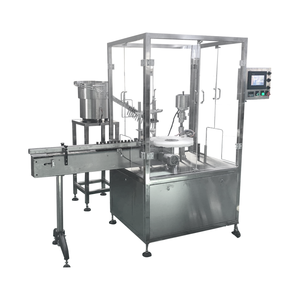

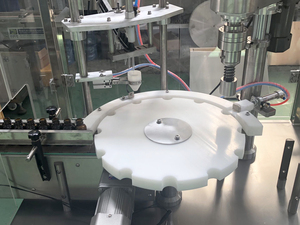












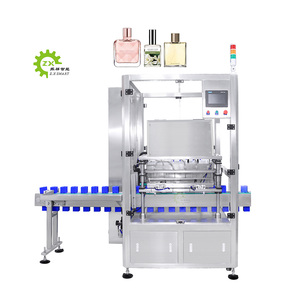
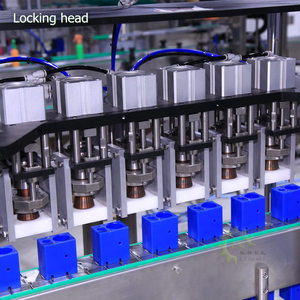

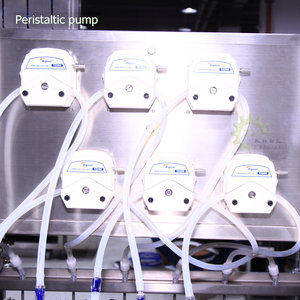



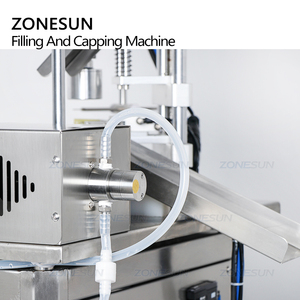
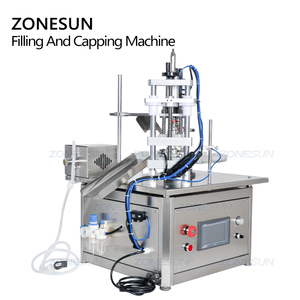





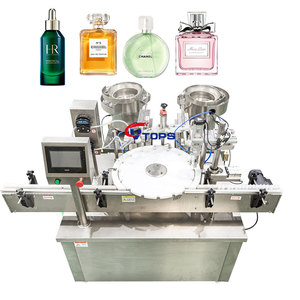

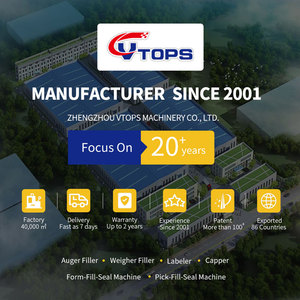




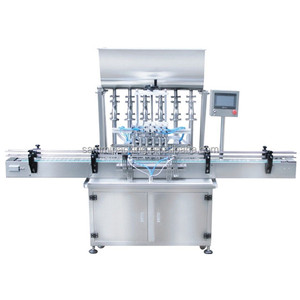



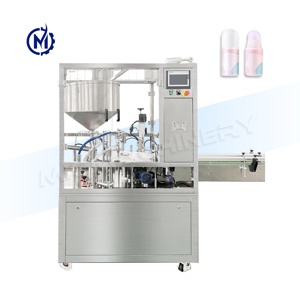
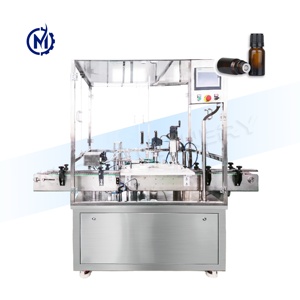

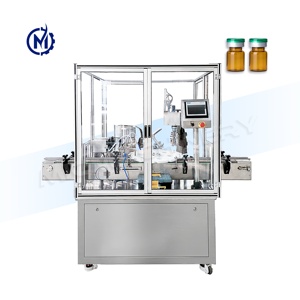



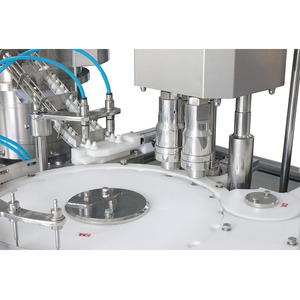


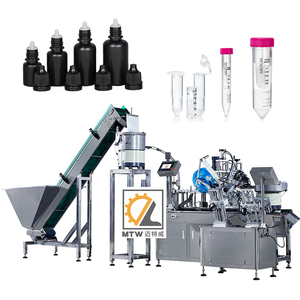
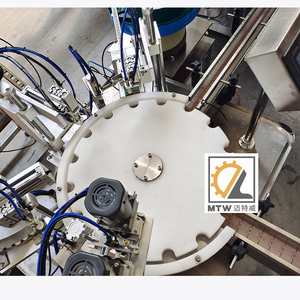









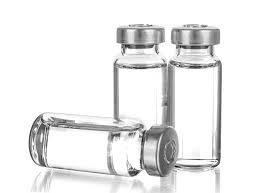




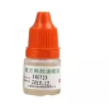











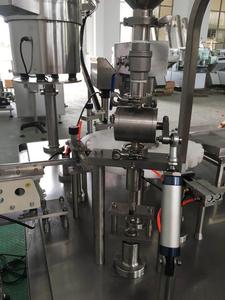












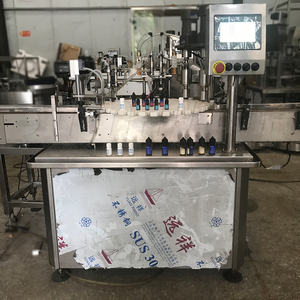

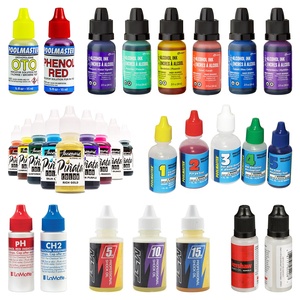



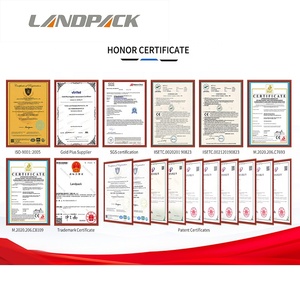






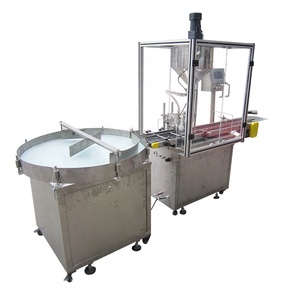


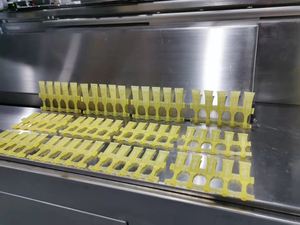






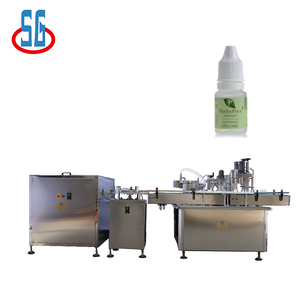
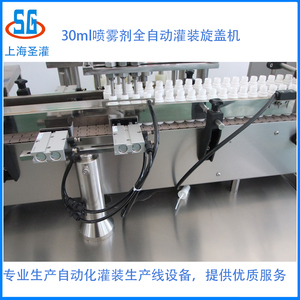
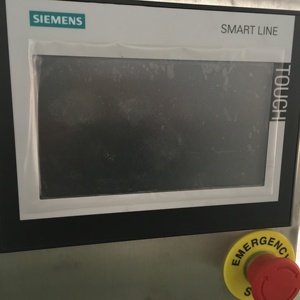

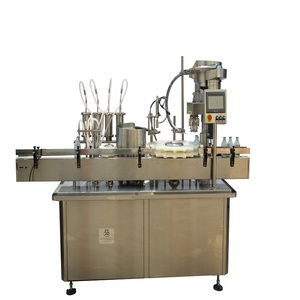


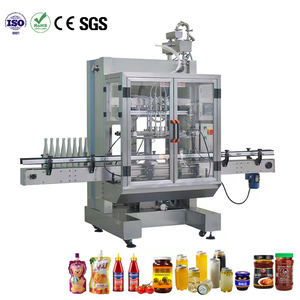



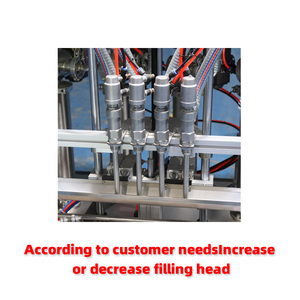

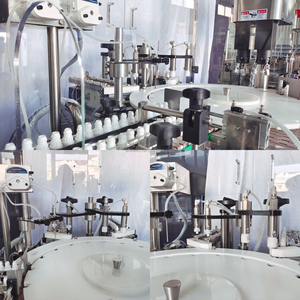

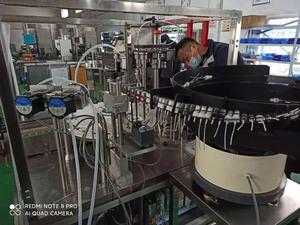




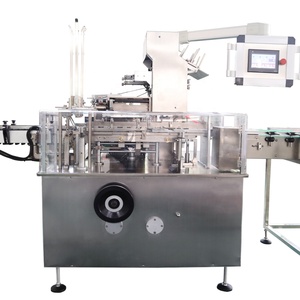


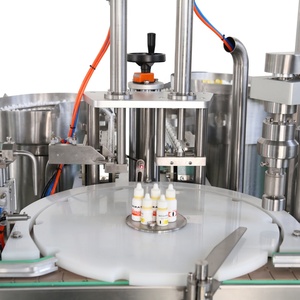










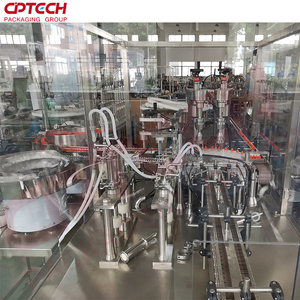


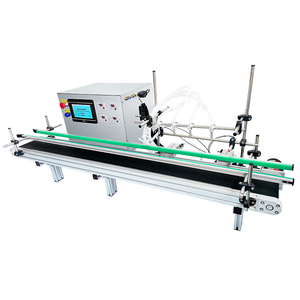


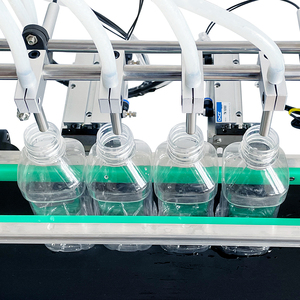


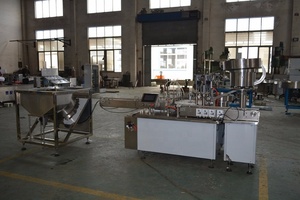
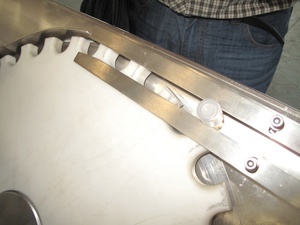








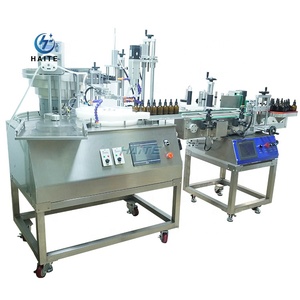



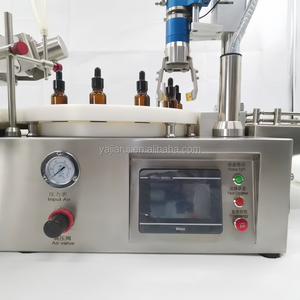






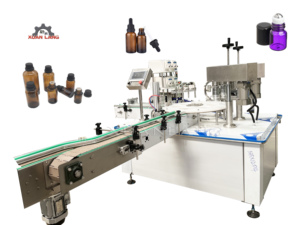

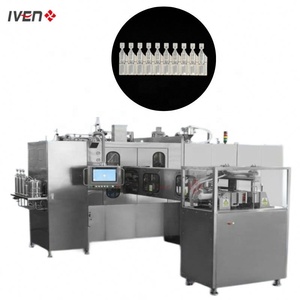
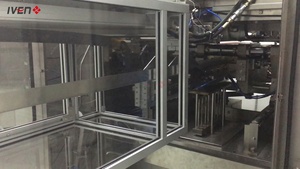
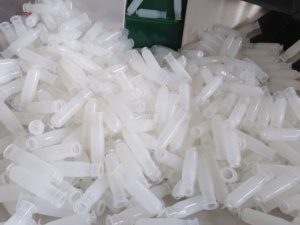







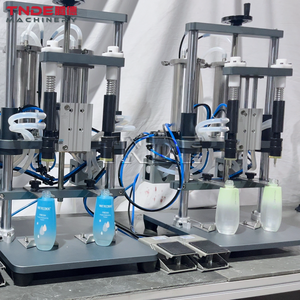
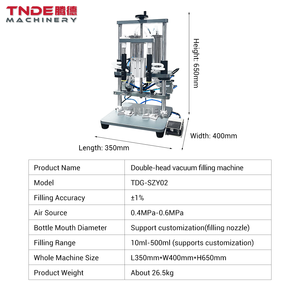



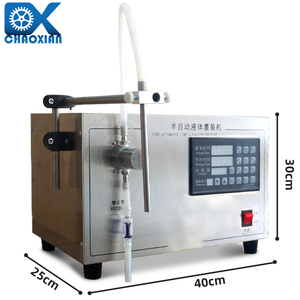
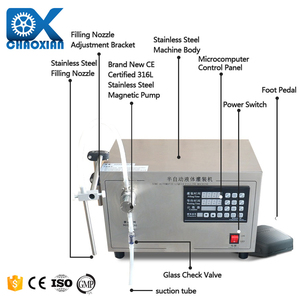
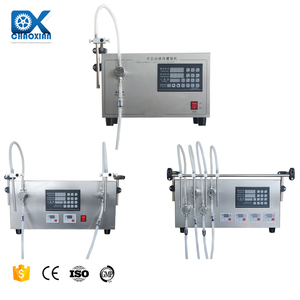
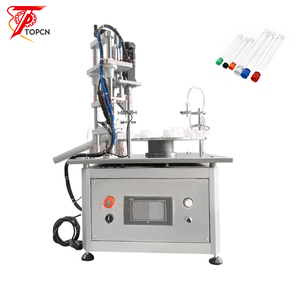




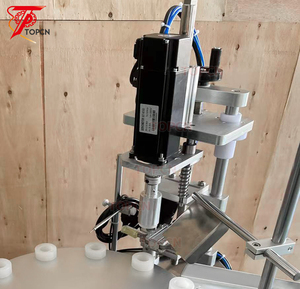
The development phases of the eye drop manufacturing machine ought to include sterile filling, bottle formation, and inspection and washing. These procedures guarantee that the eye drops are produced safely and securely.
Filling machines:
Eye dropper filling machines make sure that the right amount of eye drops is put in each bottle. Some automatic models can fill and stop bottles by themselves, which makes them faster and more efficient than manual machines. They reduce the time and money spent filling and stopping bottles compared to the manual method.
Bottle formation machines:
Eye drop bottle forming machines create the containers used for eye drops. They make sure that the bottles are made quickly and uniformly. For filling machines with bottle-forming functions built in, this standardization will be a requirement for efficiency.
Inspection and washing machines:
Before the eye drops are put into the bottles, inspection and washing machines make sure that the bottles are completely clean and free of dirt. This ensures the eye drops' safety and quality by preventing contaminated bottles from being used.
The three-step procedure of washing/inspecting, filling, and forming makes sure that all drop bottles are clean, filled with the correct amount of fluid, and uniformly made. Bottles with inconsistent filling can be avoided, which increases efficiency and lowers manufacturing costs in the production of eye drop machines for sale.
Sterilization is an important step. Drops can be contaminated by bacteria on the bottle or in the liquid, which is why the process has to be sterile. Methods that could be used to sterilize the materials and work areas include washing machine fill stations using UV-sterilized water as the washing solution and using UV sterilizers in the washing station as the water treatment. In addition to these, there are many other ways the areas can be sterilized.
The specifications of an eye drop manufacturing machine vary depending on the model and type. Here are some common specifications as well as their maintenance requirements:
Production capacity
This refers to the quantity or volume of eye drops the machine can produce in a specific time frame, usually indicated in bottles per hour or per day. Some machines allow for the adjustment of production capacity, depending on the eye drop formula and bottle sizes. It is important to routinely calibrate the machine to ensure production is at the optimal capacity. Routine calibration will also prevent overproduction or underproduction, which could affect product quality.
Automation and control system
Eye drop manufacturing machines have automated control systems for monitoring and controlling various production processes. These include temperature control, pressure control, and recipe control. It's important to regularly check and maintain sensors, valves, and controllers to ensure that all automated systems are functioning well. To prevent system failure, it's also important to conduct routine equipment calibrations. This will help optimize the manufacturing process and maintain product quality. More so, the machine operator should be trained and familiarized with the control system. This way, he or she will know how to use and adjust the system appropriately.
Sterilisation and Cleaning mechanisms
For an eye drop manufacturing machine to produce eye drops, it has to be free from any contaminants that could compromise the user's safety. So, machines come with sterilization and cleaning mechanisms. These may be integrated as CIP (Cleaning-In-Place) or SIP (Sterilization In Place) systems, among others. Machine maintenance for such sterilization and cleaning systems usually involves routine inspections, monitor performance, and carry out preventive maintenance, among others. This way, the integrity and safety of the eye drops will be ensured.
Filling accuracy
A properly functioning eye drop manufacturing machine has to have high filling accuracy. This way, it can dispense the correct volume of liquid into each bottle. Such a feature minimizes wastage and ensures consistent eye drop concentration. The machine's dosing pumps and filling nozzles should be regularly calibrated so that the desired drop amounts can be accurately delivered. Also, it's important to routinely clean and maintain the pumps and nozzles to ensure efficient and precise filling.
Packaging options
More advanced eye drop manufacturing machines have multiple packaging options, including screw caps, dropper caps, and tamper-evident caps, among others. Depending on the type of packaging option chosen, the machine might require additional modules or attachments for the eye drop containers to be assembled or filled correctly. If an eye drop manufacturing machine has any additional modules, the modules should be fitted and maintained appropriately. Also, the packaging process should be streamlined so that bottlenecker is minimized, and product integrity is maintained.
The main purpose of the eye drop production line is to produce eye drops in bulk. However, several applications of the eye drop manufacturing machine can benefit the public and various businesses.
Economical large-scale eye drop production
An eye drop manufacturer can provide an economical solution for businesses looking to produce eye drops steadily. The machine has a fast production rate, and with its volume filling machine, it can fill many bottles with different liquids in a single hour.
Customizable production for different types of eye drops
The machine allows businesses to make various types of eye drops. The formula does not affect the machine's working, and different sizes and shapes of eye drop bottles can be used.
Cost-effective for high-quality products
Using an eye drop production machine can increase the quality of a business's eye drops while keeping costs down. The machine helps produce a consistent and high-quality product, which will assist in brand recognition and customer loyalty.
Simple operation and easy-to-clean design
Using the eye drop production line in a laboratory or factory setting is very convenient. The machine makes it easy to produce eye drops in large quantities and even mass production, which is great for use in research labs or commercial labs. The machine's straightforward structure, modular assembly, and intelligent control features can effectively reduce the required number of operators and training time. It has a hygienic design that makes it easy to clean and maintain so that it meets the strict quality and safety standards required in research and clinical settings.
Core of custom-built eye drop production lines
Custom-built production lines for a specific brand or company can be made if asked. Sets can be created to include the eye drop manufacturing machine, packaging system, labels, and other extras.
Consider the following factors when choosing an eye drop manufacturing machine.
Production capacity
Businesses should first determine the volumes the machine can produce. The good thing about the machines is that there are different sizes to choose from.
Machine parts and upgrades
The eye dropper manufacturing machine comes with several parts that aid in the manufacturing process. These include the filling units, conveyor belts, capping stations, control panels, and sealing stations. Businesses should check the quality of these components. They should also find out whether there are upgrades available for each part.
Regulatory Compliance
The production of eye drops falls under strict industry regulations. Therefore, business buyers must get machines compliant with international manufacturing standards. The machine should comply with Good Manufacturing Practices (GMP) guidelines.
Automation and control
Today, most eye drop manufacturing machines are automatic and semi-automatic. They come with advanced control systems and quality monitoring features. These features improve the precision and consistency of eye drop production. When purchasing the machine, consider the automation and control system it has. Choose a model with a user-friendly interface and efficient automation capabilities.
Cleaning and maintenance
Automatic eye drop manufacturing machines need frequent cleaning for proper maintenance. Select a machine with features that support maintenance and cleaning. These include removable components, automated cleaning systems, and access to critical areas.
Supplier support
Buyers should choose a reliable supplier who offers technical assistance and installation services. The supplier will provide extra support when the business needs replacement parts or machine upgrades.
Q1: What are some challenges that the eye drop manufacturing machine industry faces?
A1: Several challenges face the drop eye manufacturing machine industry, including the constant demand for new and innovative product design and the need to improve quality control and assurance systems. There is also a need to streamline production processes to reduce costs, which will ultimately affect the competitiveness of products in the market.
Q2: Which types of eye drop machines are trending?
A2: Because of the growing need for individualized medication and increased quality and efficacy standards, it is anticipated that the market for fully automated and semi-automated eye drop production machines will continue to expand.
Q3: How do eye drop manufacturing machines improve quality control?
A3: Eye drop manufacturing machines can enhance quality control by integrating automated inspection systems that monitor the integrity and quality of eye drops. These systems can detect defects, such as improper filling, clumping, or breaks, in real time, allowing manufacturers to address issues immediately.
Q4: How do automated eye drop manufacturing machines increase production efficiency?
A4: Eye drop automated manufacturing machines streamline production processes by automating tasks such as filling, capping, and sealing. This automation reduces reliance on manual labor, increases production speed, and improves consistency and accuracy, resulting in higher production rates.